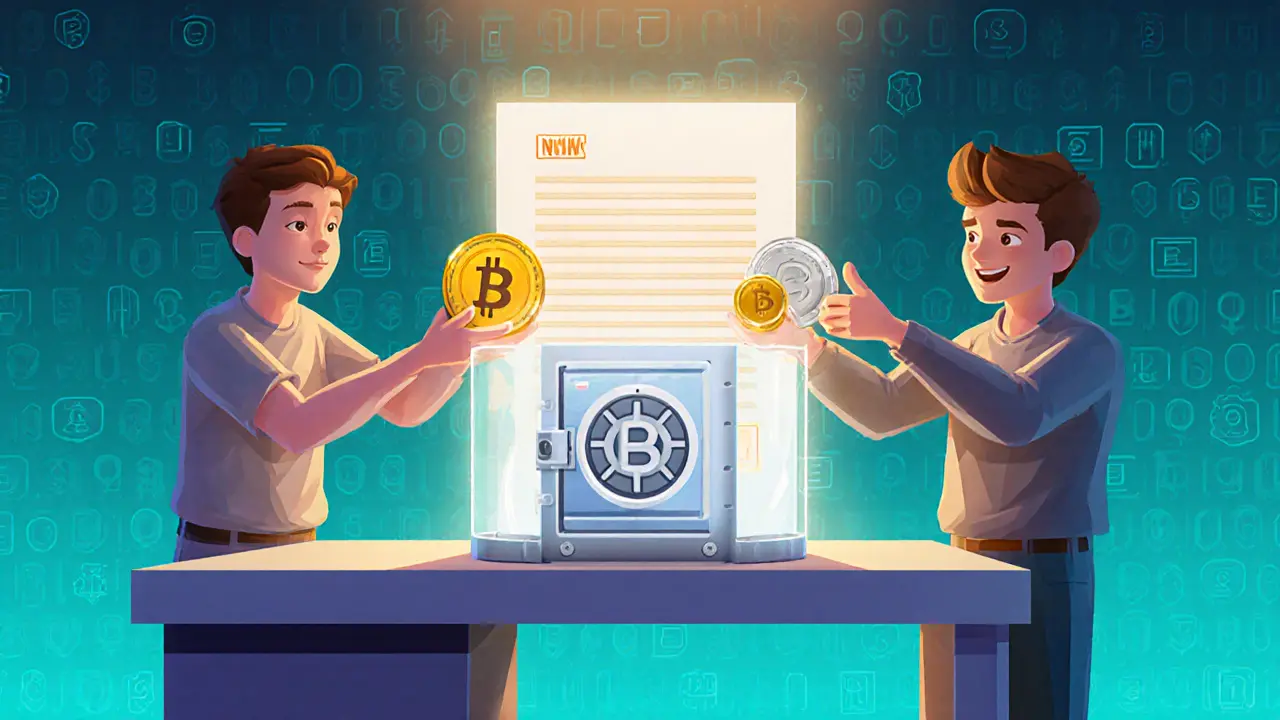Closing State Channel: How to Settle Off‑Chain Agreements
When working with closing state channel, the final on‑chain step that locks in the latest balances of an off‑chain agreement. Also known as channel settlement, it guarantees that participants receive what they earned while keeping most interactions off the main chain. State channel is the broader framework that lets users transact privately, and payment channel is a common use‑case for fast payments. Understanding the closing state channel process is key for anyone building off‑chain solutions.
At its core, a state channel creates a temporary ledger shared between participants. They exchange signed messages that update balances without touching the main blockchain. This off‑chain scaling technique reduces fees and congestion, which is why projects like the Lightning Network or Raiden rely on it. When the parties decide to end the session, they trigger the closing state channel step, which bundles the final state into a single transaction that the blockchain can verify.
Key Steps to Close a State Channel
First, participants submit the most recent signed state to the contract controlling the channel. The contract, a smart contract, acts as an arbiter, ensuring both sides agree on the final numbers. If one party tries to cheat by presenting an older state, the contract’s dispute period gives the other side a chance to submit a newer state. This requirement—closing state channel requires on‑chain verification—protects funds from fraud. Once the dispute window passes without challenge, the contract distributes the settled balances to each participant’s wallet.
Second, the closing transaction needs enough gas (or fees) to be included in the next block. Because the transaction carries the entire channel’s history, it’s typically larger than a normal transfer, but still far cheaper than recording every intermediate move on‑chain. After the transaction is mined, the channel is officially closed and can’t be reopened. Any leftover collateral locked in the channel is released, and the participants can reuse it in new channels.
Third, developers often integrate watchdog services or bots to monitor the closing period. These tools automatically spot disputes and submit newer states if needed, reducing the risk of losing funds due to missed deadlines. Such services exemplify how off‑chain scaling blends with on‑chain security: the heavy lifting stays off‑chain, while the blockchain guarantees finality.
There are a few common pitfalls to watch out for. One is the “force‑close” scenario where a participant unilaterally initiates closure with an outdated state. If the counter‑party fails to respond before the dispute timer expires, they could lose value. Another is insufficient gas estimation; an under‑funded closing transaction will sit pending, leaving the channel stuck and vulnerable. Properly budgeting for gas and setting reasonable dispute windows are practical steps that smooth the closing state channel experience.
From a developer’s perspective, testing the entire lifecycle—from opening, through dozens of updates, to final closing—is crucial. Simulators that mimic blockchain latency help ensure the smart contract logic handles edge cases. Real‑world projects also audit their channel contracts to verify that the closing routine can’t be exploited. This focus on security mirrors the broader principle that blockchain settlement should be immutable and transparent.
In practice, you’ll find that closing a state channel is the bridge between lightning‑fast off‑chain activity and the trusted finality of the main chain. Whether you’re building a payment app, a gaming platform, or a DeFi aggregator, mastering this step lets you reap the speed benefits of state channels without sacrificing security. Below you’ll discover detailed guides, risk assessments, and real‑world examples that walk you through every nuance of the closing process.
Opening and Closing State Channels: A Practical Guide for Blockchain Developers
A hands‑on guide that explains how to open and close state channels, covers key components, common pitfalls, and best practices for blockchain developers.
- 24
- Read More
